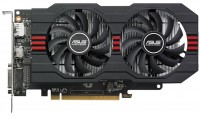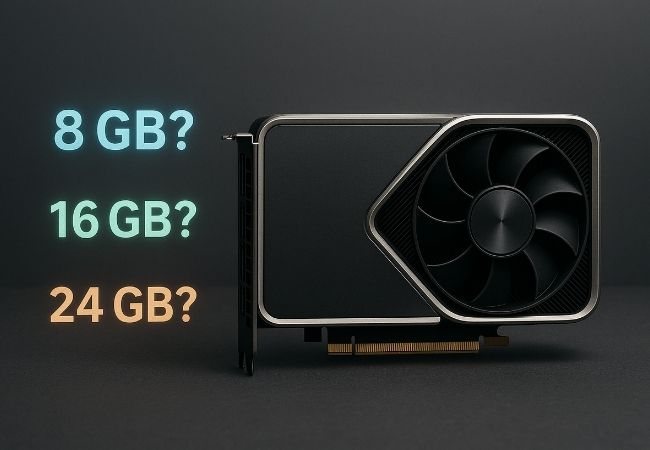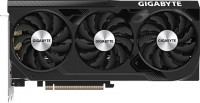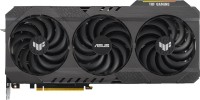Asus Radeon RX 560 RX560-O4G-EVO
 | Outdated Product Interface: PCI-E v3.0; : AMD Radeon RX 560; Memory size (GB): 4; Memory type: GDDR5; Memory bus (bits): 128; GPU clock speed (MHz): 1197; Memory clock (MHz): 6000; DVI-D: 1; HDMI: 1; Display Port: 1; CrossFire/SLI; Cooling: active (fan); Fans: 2; Power consumption (W): 75; Minimum PSU recommendation (W): 400 |
Asus Radeon RX 560 RX560-O4G-EVO 4 GB / 1186 MHz 4 GB / 1197 MHz | ||||||||||||||||||||||||||||||||||||||||||||||||||||||||||||||||||||||||||||
|
| |||||||||||||||||||||||||||||||||||||||||||||||||||||||||||||||||||||||||||
Always clarify the specifications and configuration of the product with the online store manager before purchasing.
Catalog Asus 2025 - new arrivals, bestsellers, and the most relevant models Asus.


Minimal, but an update
The RX 560 graphics card was introduced as an update to the RX 460 based on the optimized Polaris architecture. The difference between the generations is, in fact, only in the frequencies of the core and memory, which allowed the new product to compete more successfully with the GTX 1050, and in terms of the future — due to versions with 4 GB of video memory — even more superior to the analogue from NVIDIA.
Everything in moderation
The graphics card is built on a 14nm Polaris 11 core, operating at frequencies from 1175 MHz standard to 1275 MHz in boost. Four gigabytes of GDDR5 with a 128-bit bus operate at an effective frequency of 7000 MHz. The graphics card is equipped with 64 texture units, 16 render units and 1024 stream processors. Like all new generation video cards, it has support for DirectX 12 and Vulkan.
Inexpensive and powerful
Specifically, the Asus Radeon RX560 O4G EVO is one of the most affordable variants of this graphics card. It does not shine with powerful cooling, its frequencies are even slightly lowered next to the stock copy — 1149 MHz by standard and 1197 MHz in boost. However, it is equipped with two fans, does not require an additional power supply, unlike more expensive models, and costs an average of $40 less than, say, the ROG brand.
Everything will go, or almost everything
Lower frequencies do not critically affect performance. Even on medium-low settings, you can easily get a stable 60 FPS in Battlefield 1, Deus Ex: Mankind Divided, For Honor, even in new games like Far Cry 5. In addition, do not forget about the possibility of manual overclocking, which will allow you to increase FPS, at least and not higher than the level of cards with additional power.
















